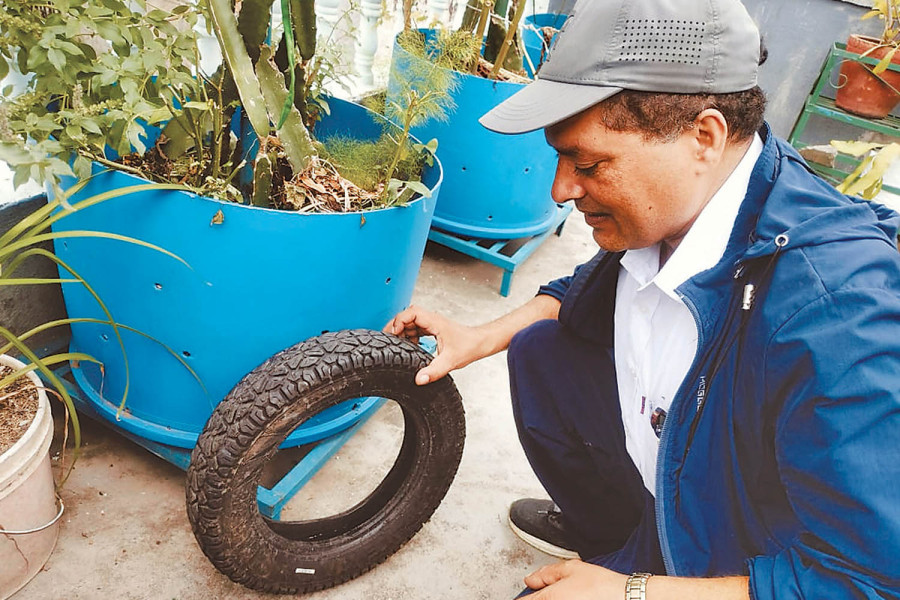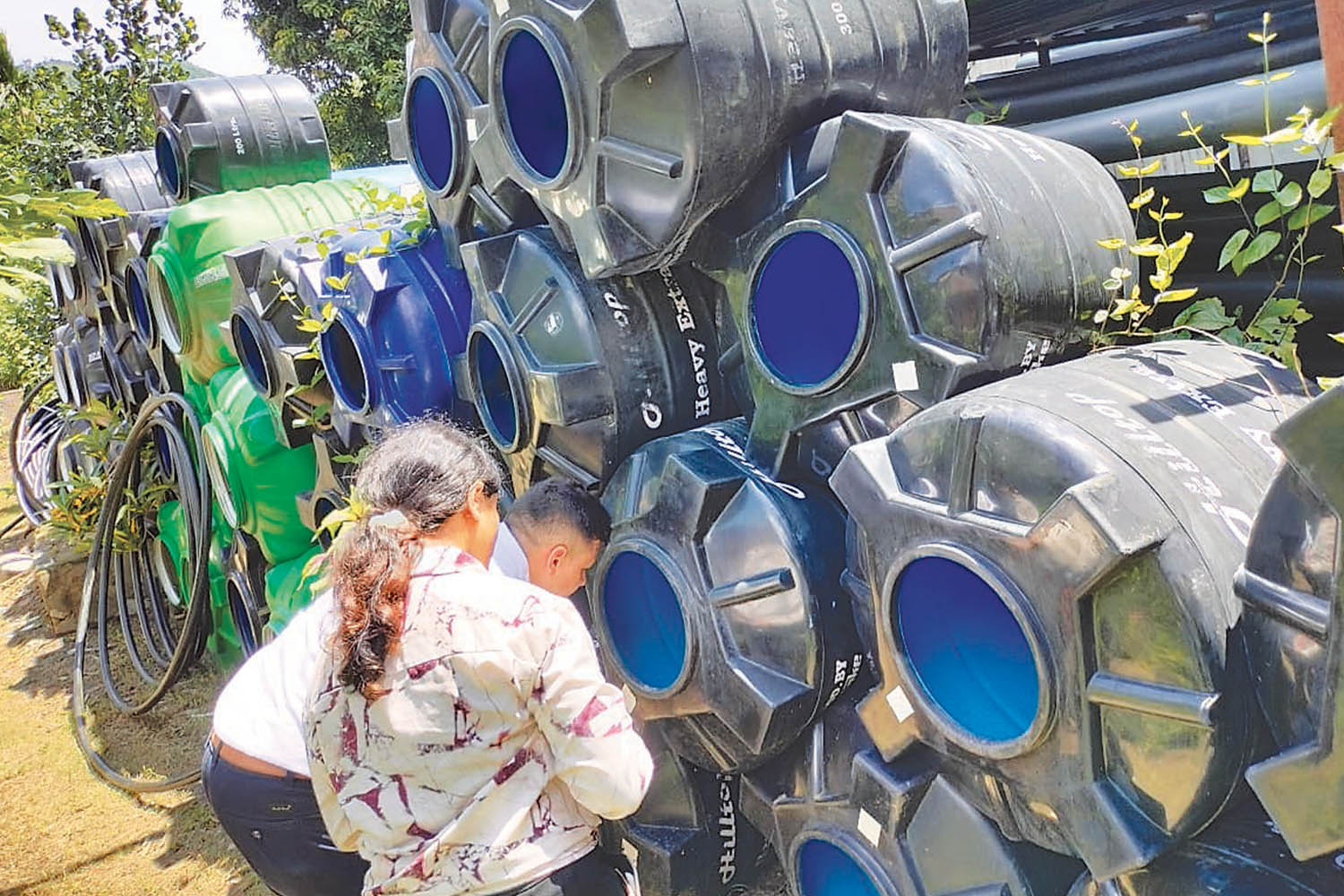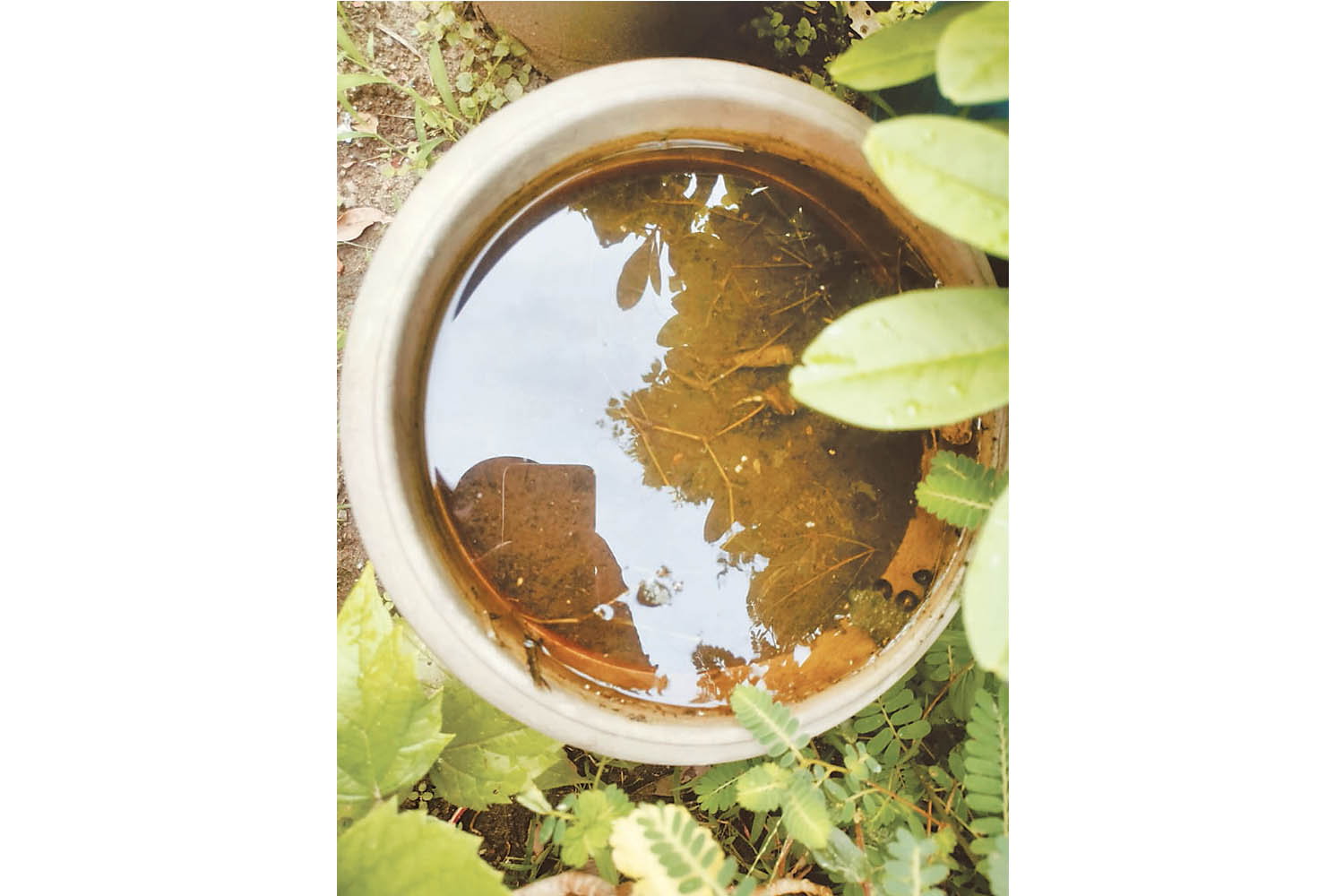Health
Massive dengue outbreak hits Anbukhaireni in Tanahun
Over 900 dengue cases reported in a single ward within a month. Local 15-bed hospital overwhelmed.
Arjun Poudel
Amid heavy rainfall in many places across the country, Anbukhaireni Rural Municipality of Tanahun district has been hit by a massive dengue outbreak, with over 900 positive cases in a single ward within a month.
Local health facilities are struggling to cope with the overwhelming number of seriously ill patients.
“Over 900 people from ward 3 have tested positive for dengue within a month,” Agam Raj Upadhyaya, health coordinator of the rural municipality, told the Post over the phone from Anbukhaireni. “Forty-five patients are currently being treated on just 15 beds at Anbukhaireni Hospital. The hospital floors and corridors are packed with infected people.”
Health officials warn that the actual number of dengue cases could be higher, as people having mild symptoms are not getting tested and are resting at home.
They also informed that around two dozen seriously ill patients have been sent to Chitwan, Pokhara, and Kathmandu for further treatment.
“What worries us most is that with the spike in positive cases, we are also seeing an increase in seriously ill patients,” said Upadhyaya. “These patients need intensive care, which is why we have to refer them to Chitwan, Kathmandu and Pokhara.”
Dengue is a mosquito-borne viral disease transmitted by female Aedes aegypti and Aedes albopictus mosquitoes. The same vector also transmits chikungunya, yellow fever, and Zika, according to the World Health Organisation.
So far two died and 3755 tested positive with the dengue virus that has spread in 74 districts across the country.
Public health experts say the real number of infections could be several times higher, as the government’s case reporting system is not very effective, and more than 80 percent of the cases are asymptomatic.

Data provided by the Epidemiology and Disease Control Division shows that only 715 people have tested positive for the virus in Tanahun, far less than what is reported by the rural municipality.
“We don’t know how they are counting, but we have reported all the confirmed cases,” said Upadhyaya.
Other health officials also told the Post that health authorities are misrepresenting the true extent of dengue infection and deaths.
Public health experts warn that dengue cases could escalate in the coming days as heavy rainfall continues across the country and post-monsoons season, which is considered the main dengue season, is yet to start.
“The coming days will be more challenging for us, as dengue cases could surge,” said Dr Sher Bahadur Pun, chief of the Clinical Research Unit at Shukraraj Tropical and Infectious Disease Hospital at Teku in Kathmandu.
Public health experts criticise the authorities for their narrow focus on merely counting cases and deaths, which does little to control the spread of the deadly disease.
Experts say the disease will not stop spreading unless the lessons and experiences gained from previous outbreaks are implemented.
Meanwhile, the Epidemiology and Disease Control Division on Friday issued new guidelines to control the spread of the dengue virus. The guidelines stress the need for searching and destroying mosquito larvae, but do not recommend insecticide spraying, as past experience shows that this measure is futile in controlling the epidemic.
Officials say fogging with insecticides is only a symbolic measure and does not effectively kill larvae, pupae, or eggs, particularly if done during the day.

Experts say a massive awareness campaign is instrumental in destroying the breeding ground of the dengue-spreading vector, and the public must be made aware of the treatment.
Many people infected with dengue show mild symptoms, which do not need any treatment or can be treated with paracetamol at home.
Dengue-transmitting mosquitoes breed in clean water and bite people in daylight. Uncovered water tanks and discarded objects such as plastic cups and bottles could be breeding grounds for dengue-carrying mosquitoes.
According to doctors, mild to high fever, severe muscle pain, rashes, severe headache and pain in the eyes are some of the symptoms of dengue. Doctors advise that those with these symptoms should seek immediate treatment. While there is no specific cure for the disease, early detection and access to proper medical care can lower fatalities.
Nepal reported its first dengue case in a foreigner in 2004 in the Chitwan district. Since then, an increasing number of dengue infections, including major outbreaks, have been reported from many districts.
At least 20 persons died, and more than 52,000 were infected by the virus, which had spread to all 77 districts in 2023.
In 2022, a total of 88 people died, and over 54,000 were infected by the virus across the country. During that period, hospitals in the Kathmandu Valley were overwhelmed with dengue patients, and pharmacies ran out of paracetamol, the most widely used medicine to treat fever.
In 2019, the disease killed at least six people and more than 16,000 were hospitalised across the country. The virus had spread to 68 districts at the time.
Though the post-monsoon period is considered the dengue epidemic season, the deadly disease has already become endemic in Nepal, as outbreaks are reported every month, including in the winter months.




 14.12°C Kathmandu
14.12°C Kathmandu














